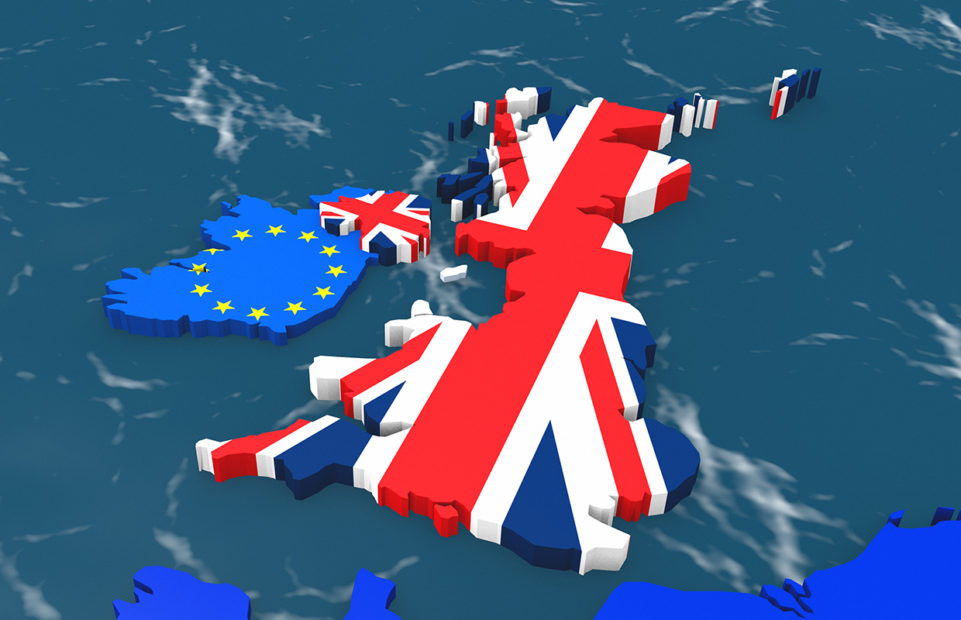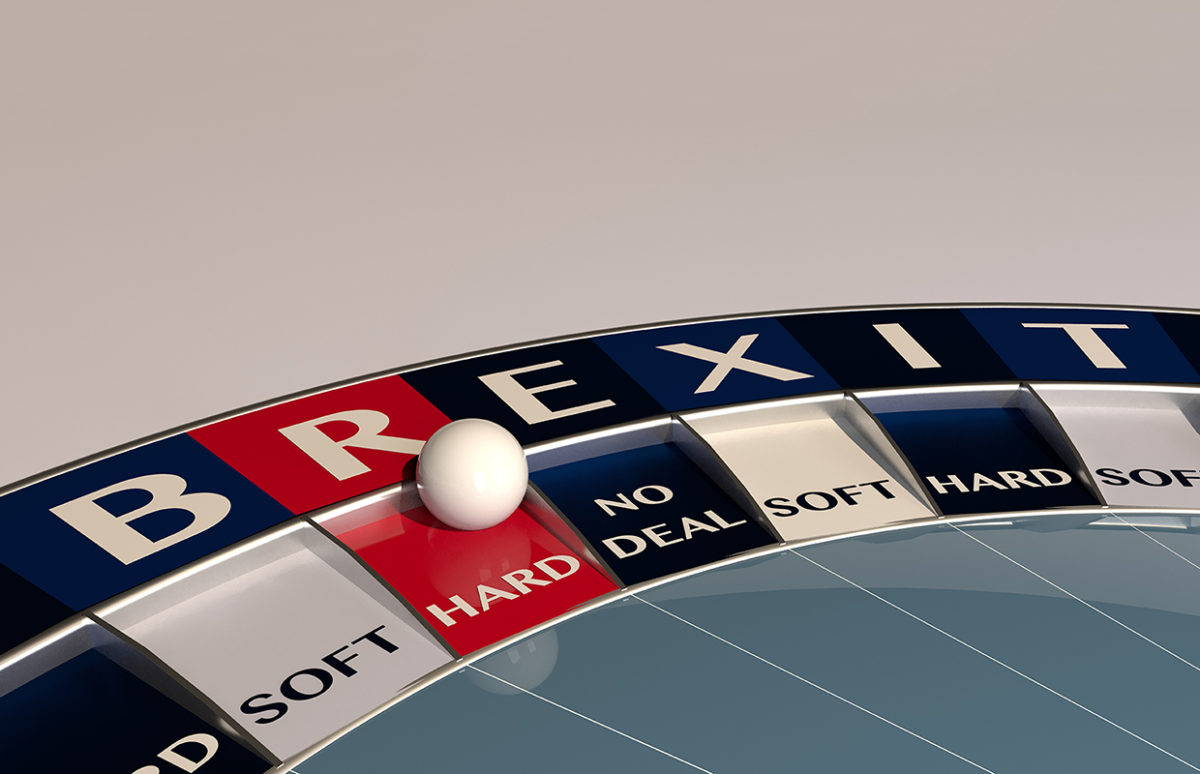Britain’s Conservative government suffered a historic defeat on 15 January as Parliament massively voted against the deal for Brexit negotiated with the EU. As the clock ticks relentlessly towards the 29 March deadline for leaving, there seems no clear way forward.
The government had been forced to agree to a “meaningful” vote on Brexit and it was pretty clear it wasn’t going to go well. Originally scheduled in December, Theresa May had postponed the vote in the hope of winning over more MPs. Instead, her government suffered the biggest defeat in parliamentary record, losing 202 votes to 432.
Immediately afterwards, the Opposition leaders Labour tabled a vote of no confidence for 16 January, which could have taken down the government. However however Theresa May's government won the vote, with the Conservative MPs who voted in droves against the EU deal turning out to support her, along with her Northern Irish allies the DUP. The simple fact is the Brexiteers need to stay in government to try to influence the deal. And the Conservatives have no one else willing to lead them in this thankless battle.
What’s in the Deal?
The Withdrawal Agreement and Political Declaration agreed with the EU propose:
- a transition period of 21 months to negotiate a future trading relationship. It states that the UK and the EU will cooperate closely on trade and security but end freedom of movement for their respective citizens.
- the “divorce bill” of money the UK must pay to cover commitments it made to EU projects: £39 billion
- an agreement that EU nationals living in the UK and UK nationals living elsewhere in the EU will be allowed to stay where they are.
- a “backstop” agreeing that there will be no “hard border” between Ireland and Northern Ireland, and the negotiations will go on beyond the transition period if necessary to guarantee this.
What’s the Problem?
There isn’t really but one problem but several. Each party group that voted against the deal has its own motivations. The plan was opposed by a large block of Tory rebels (118 out of 317), the vast majority of the Labour Party and all of the Liberal Democrats. All of the parties representing Northern Ireland, Scotland and Wales voted solidly against.
The Conservative rebels are mainly “hard Brexiteers” who don’t agree with the transition period, or the trade and customs deals it implies.
Labour pays lipservice to respecting the referendum vote to leave, but remains largely pro-European. There is increasing support in the party and amongst Labour voters for a second referendum (which they hope would result in Brexit being cancelled.)
The Lib Dems, Welsh Plaid Cymru and the Scottish National Party are all anti-Brexit. The DUP is fiercely opposed to Northern Ireland effectively being treated differently from the rest of the UK through the backstop or future border and customs negotiations.
Backstop

The Northern Ireland backstop seems the most difficult problem to resolve. The irony is that the backstop was supposed to be a consensual compromise: since no solution had yet been found that could keep the border between the Republic and Northern Ireland open while closing the other British borders to EU goods and citizens, it simply put off resolving the issue.
There are practical problems: the other British borders are coastlines. The Northern Irish one literally runs down the middle of roads and through houses. Irish and British citizens who live in the border area routinely cross it several times a day. It is 310-miles long (496km).
An open border, encouraging links between the countries, was a key part of the 1998 Good Friday Agreement that put an end to the violent “Troubles” between partisans of a British Northern Ireland and those who want to see a united Ireland. Everyone seems agreed in principle that there must be no return of border controls, but no agreement has been found as to how it can be applied in practical terms. If the border remains open, goods passing the border will need to comply with EU regulations. Northern Ireland would effectively remain in the EU customs union, even if the rest of the UK left.
What Happens Next?
On Monday 21 January went back to parliament with a plan “B” after discussions with some of the opposing MPs (Labour leader Jeremy Corbyn refused to meet with the government unless they guaranteed there would not be a no-deal Brexit). But Plan B looks very similar to Plan A. Now the ball appears to be in Parliament's court. On Tuesday 29 January, the House of Commons will debate a series of amendments to the deal proposed by different sides.
The longer the deadlock continues, the more likely it becomes that there will be no agreement. That would lead to a “No Deal Brexit”, where on 30 March Britain no longer has any rules other than the international World Trade Organisation rules to manage its imports and exports. Companies would theoretically suddenly have to pay duty and tariffs on goods coming into the UK, and equivalent duty and tariffs would make British exports to the EU uncompetitive. And there is no infrastructure in place to actually make the payments.
With the deal, 30 March was a relatively unimportant date, just the beginning of 21 months of transition. With no deal, it is potentially the day the country grinds to a halt
Copyright(s) :
ratlos/Shutterstock
schistra/Shutterstock
> Brexit Confusion
> Brexit Update
> Supreme Court Rules on Brexit Launch
> This Time Brexit Means Brexit
> Word of the Year: Single-Use
> Teaching about Brexit: Web Resources
> Brexit Referendum Webpicks
Tag(s) : "backstop" "Brexit" "Britain" "Europe" "European Union" "lieux et formes du pouvoir" "Northern Ireland" "politics" "referendum" "Speakeasy Files 3e" "Theresa May" "UK"





